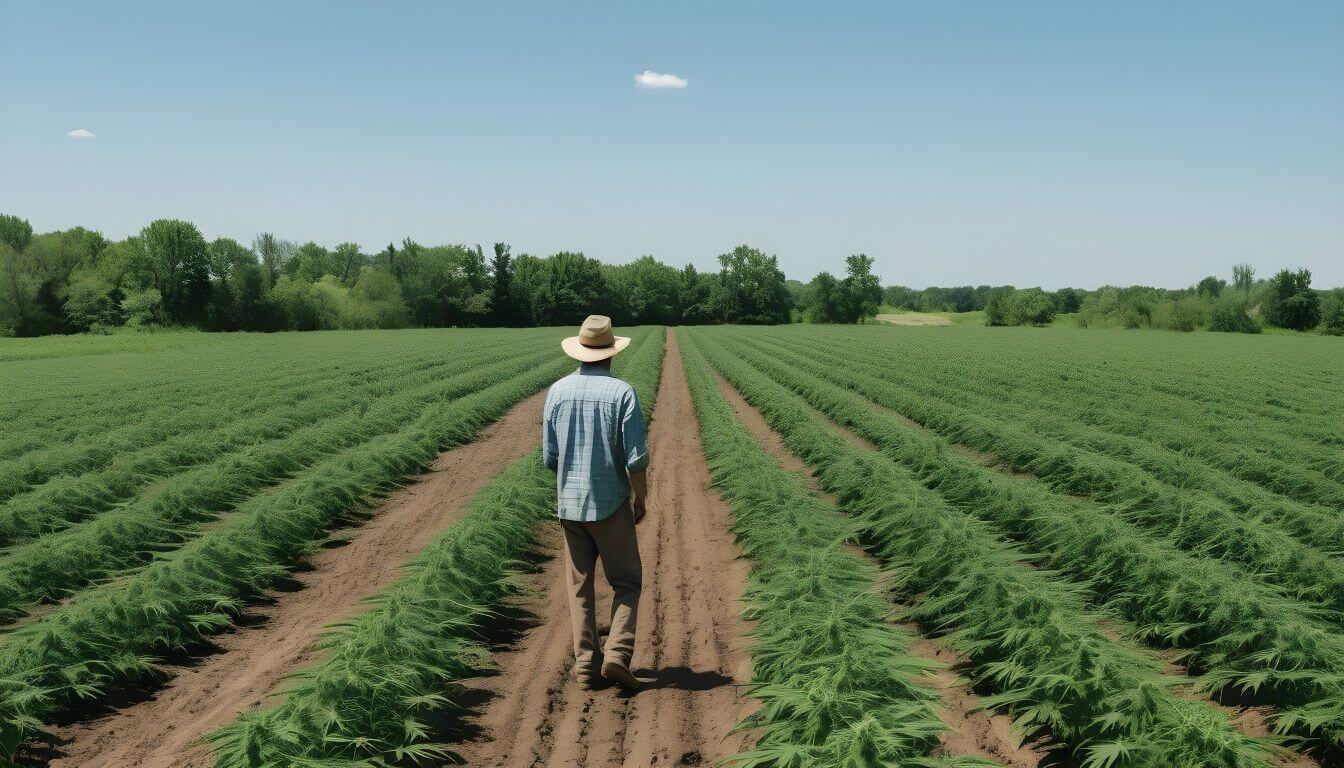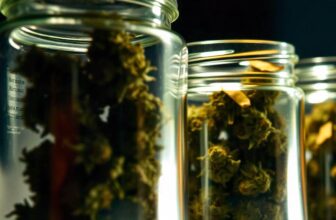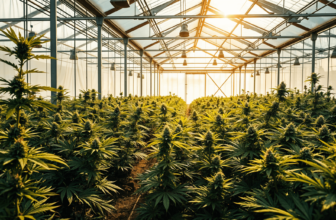The Minnesota Department of Agriculture (MDA) has set a crucial deadline for those interested in growing and processing hemp in the state for the 2024 season. It’s imperative that you apply for a license by April 30, 2024.
Remember, the license issued will be valid for the calendar year of 2024 only. With this deadline fast approaching, it’s essential for growers and processors to familiarize themselves with critical updates to licensing requirements.
In particular, all authorized representatives designated by the applicant must undergo a criminal history background check before a license is issued. This new requirement promotes further compliance and safety within Minnesota’s rapidly growing hemp industry.
Hemp Processors Licensing and Inspections
The MDA licenses processors responsible for handling raw hemp through various methods, including extraction, decortication, devitalization, crushing, or packaging. The department will also continue to conduct random inspections at processor locations to ensure adherence to rules and regulations set forth by the state.
It’s crucial for processors to understand the importance of quality control and transparency in this burgeoning sector. These aspects are not just requirements, but they also contribute to the overall growth and sustainability of the industry.
Since its inception, the Minnesota Industrial Hemp Program has seen significant growth in applications, licensed growers, and planted acreage:
- In 2016, seven applicants applied for licenses, paving the way for six licensed growers to plant 38 outdoor acres of hemp.
- By 2017, the total number of applicants rose to 47, resulting in 33 licensed growers planting 1,202 outdoor acres of hemp.
- In 2018, the total number of applicants reached 65, with 43 licensed growers planting 711 outdoor acres of hemp.
- A considerable jump occurred in 2019, with 505 applicants and 353 licensed growers planting 7,353 outdoor acres of hemp.
- In 2020, the growth continued with 586 total applicants, resulting in 461 licensed growers planting 4,690 outdoor acres of hemp.
- However, a decline was observed in 2021 as only 459 applicants applied for licenses, translating to 348 licensed growers planting 2,830 outdoor acres of hemp.
- The downtrend persisted in 2022, with 299 applicants leading to 240 licensed growers planting a lowly 375 outdoor acres of hemp.
- As of 2023, the figures showed a slight recovery, with 312 total applicants, 230 licensed growers, and 834 planted outdoor acres.
Despite fluctuations in recent years, the consistent demand for licenses reflects Minnesota’s potential as a significant player in the national hemp industry. By continually developing and adapting regulations, the MDA aims to ensure that the sector remains sustainable while providing ample opportunities for farmers and entrepreneurs.
Indoor Hemp Cultivation: A Glimpse at the Progress
Another noteworthy aspect of the Minnesota Industrial Hemp Program is the expansion of indoor hemp cultivation, which has seen a steady increase in square footage over the years:
- Indoor cultivation began in earnest in 2018 with a modest 54,618 sq ft dedicated to hemp production.
- In 2019, indoor space surged exponentially to 403,304 sq ft due to the increased popularity of controlled-environment growing techniques.
- This trend continued in 2020, with over 1 million sq ft (1,353,489) allocated to indoor hemp cultivation.
- However, in 2021, indoor cultivation experienced a setback, dropping down to 318,713 sq ft.
- A further reduction in indoor cultivation space was observed in 2022, with only 122,040 sq ft dedicated to the cause.
- As of 2023, indoor hemp cultivation remains low at 68,771 sq ft.
Indoor hemp cultivation’s wavering numbers may reflect difficulties adapting to new technologies and guidelines needed for efficient controlled-environment growing practices. Yet, as more producers recognize the benefits of year-round growing capacities and crop consistency associated with indoor facilities, this sector will likely experience growth in the coming years.
Preparing for the Future of Minnesota’s Hemp Industry
As license application deadlines draw near, growers, processors, and other stakeholders in Minnesota’s hemp industry must stay informed about evolving regulations, requirements, and trends shaping the sector.
By proactively addressing challenges and capitalizing on opportunities within the hemp value chain, Minnesota can continue to forge a profitable and sustainable future for its industrial hemp program.





